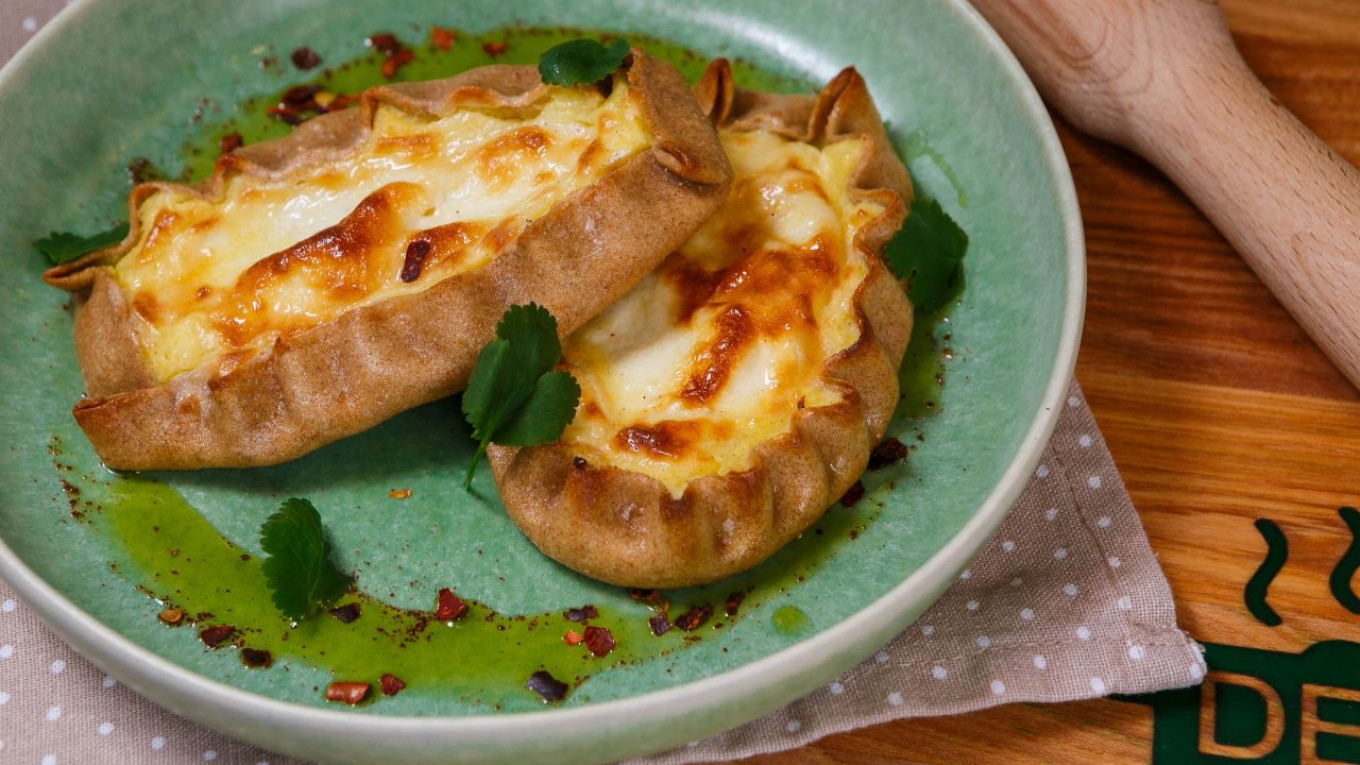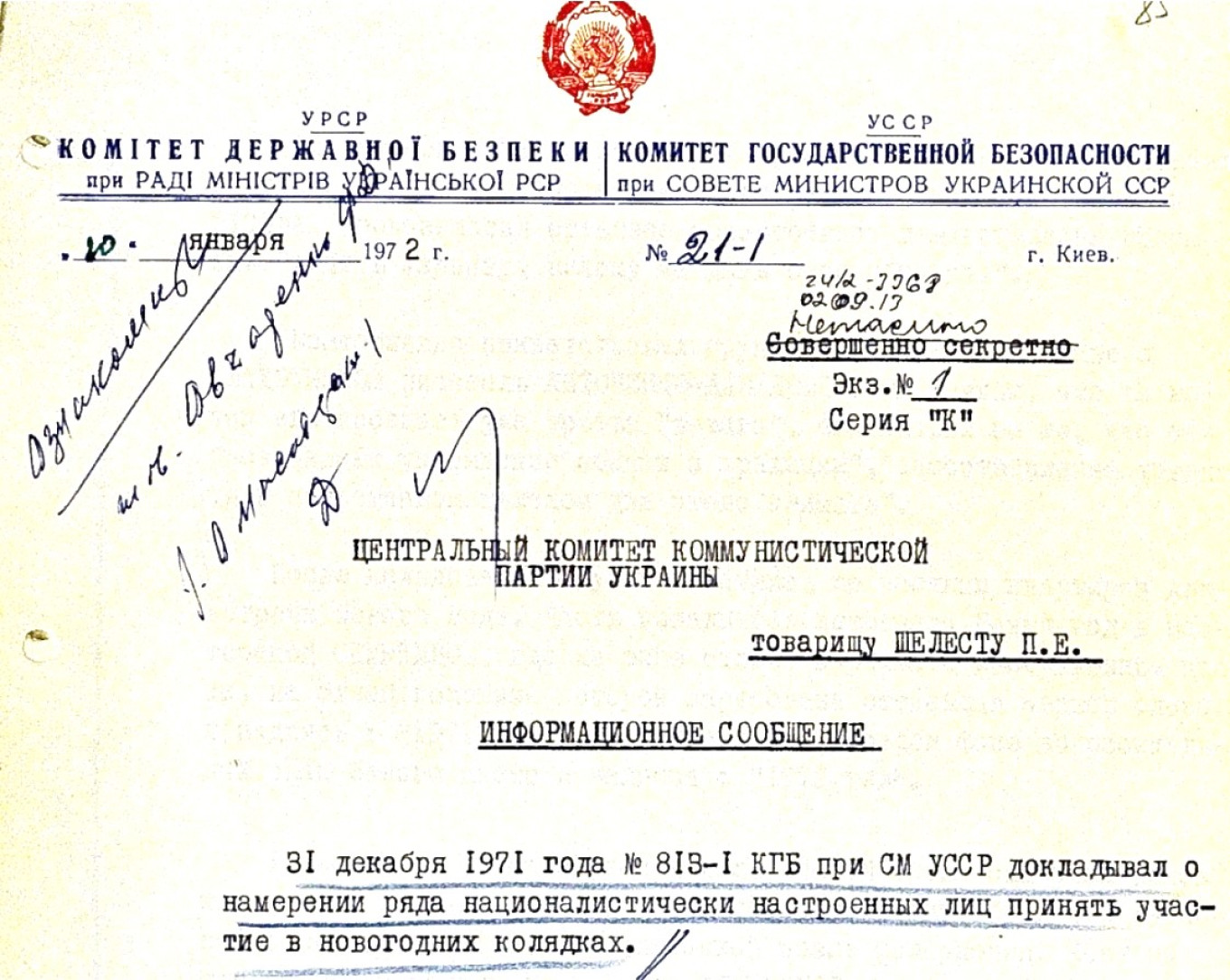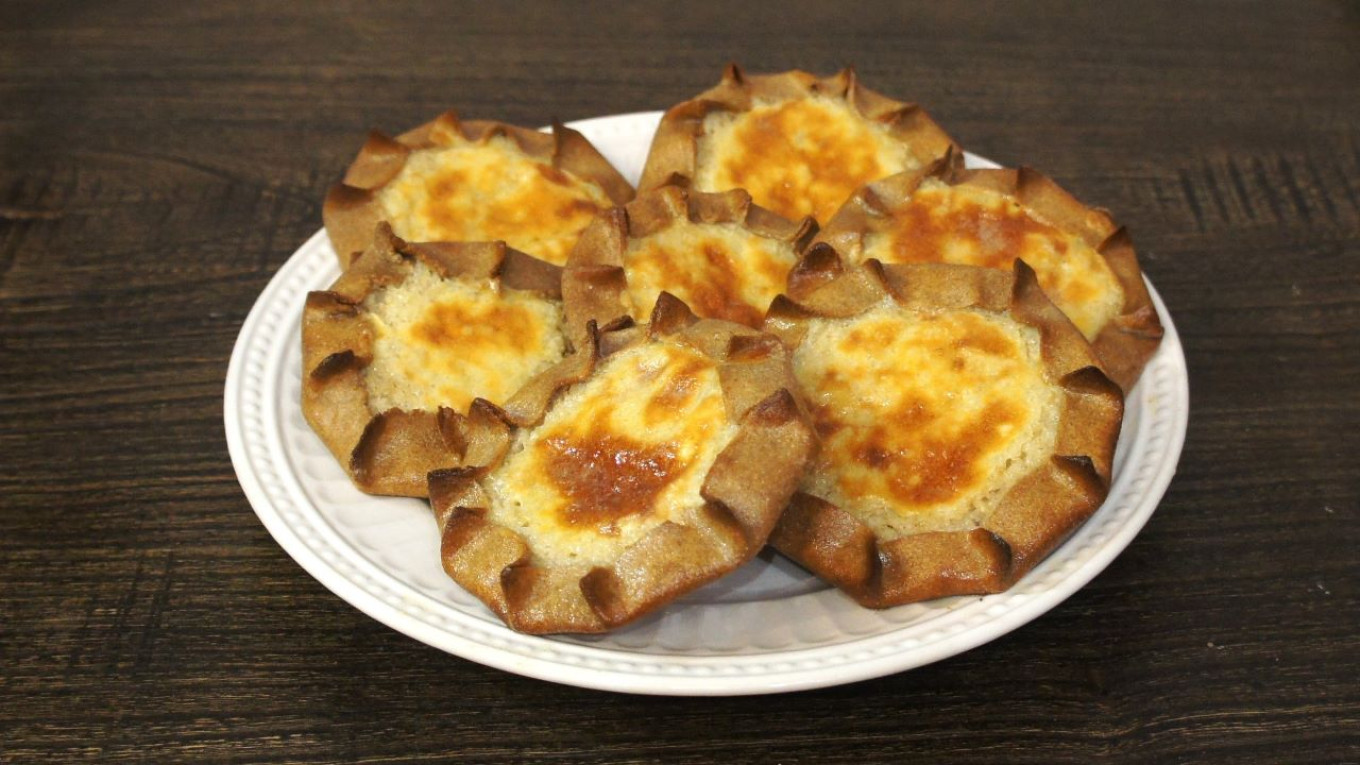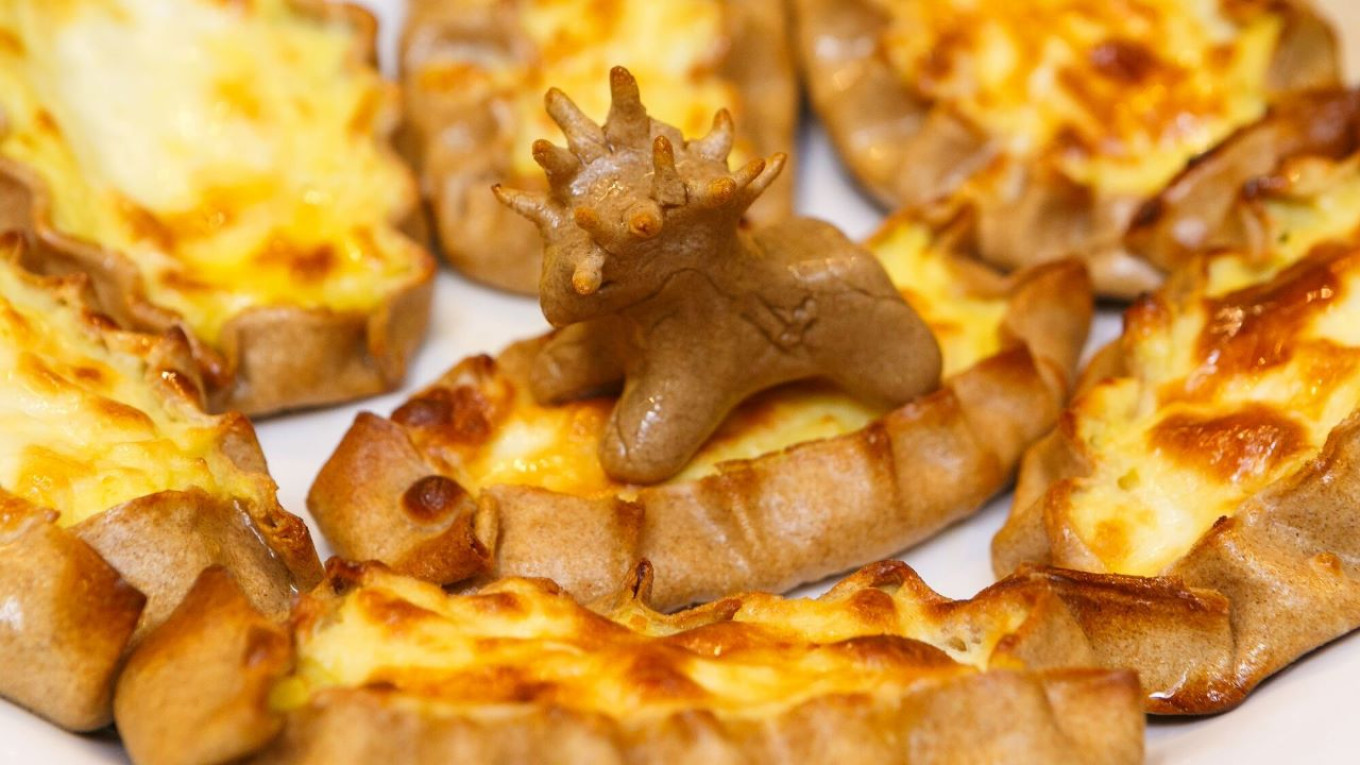Where there’s Christmas, there’s Christmas Eve. Twelve days “from star to water,” that is, from the appearance of the first star on Christmas Eve to baptism on Epiphany. This holiday is a vivid example of how pagan and Christian rituals merged in our history.
Russian holidays have always been an amazing combination of spiritual rejuvenation and the simple pleasures of good food and gathering around the table. Special dishes were always seen by our ancestors as an indispensable part of any celebration. And when we look back into our ancient rituals, we sometimes see how little has changed today.
“Russian people are hungry for holidays, and during those two weeks from Christmas until Epiphany no one will take on any work. For most people it’s Christmastide: carols, pancakes, hotcakes, hospitality, fun and joy.”
If there is one thing our contemporary would agree with in this quote from the 1899 book, it is about work. It seems that the elaborate arguments of ministers and deputies over whether 10 days of New Year’s holidays are too much or too little were settled by our ancestors centuries ago. The tradition of long, unhurried celebrations and the sharing of delicious treats at Christmas time was unshakeable in Russia. Here is how the historian Alexander Tereshchenko (1846) described the old Russian hospitality: “The host received his guest with joy and was never stingy. The greatest reproach was hearing someone say: He didn’t open his house to us.”
Starting in 1700, thanks to the decree of Peter I (who decided to introduce the Julian calendar in Russia), Christmas actually merged with New Year celebrations. The word колядки means Christmas carols, and the verb колядовать means to go caroling. It was originally a pagan custom. But in the memory of modern people, carols are Christmas songs and caroling is when children knock on the door hoping to get candy and sweets.

But колядки have yet another meaning: they are also delicious little pies that have been baked for the holidays over the centuries. Today they are almost forgotten, but 200-300 years ago everyone knew kolyadki or kalitki — little pies made of unleavened rye dough.
Christmas Eve was a time of fortune telling. Young girls gathered at a friend’s house and tried to divine who their future husband would be. The host family treated them to kolyadki and asked the girls to tell their fortunes, too. After all, everyone wants to believe in a wonderful fairy tale.
But the tale was not always happy. From the very beginning, the Soviet regime disliked rituals that distracted the workers from the construction of socialism. But the Soviet secret police became especially interested in carolers in the 1960s. The KGB report to the head of the Communist Party of Ukraine, Petro Shelest, noted that the tradition had become “provocative in nature.”
People had a very different view. “On New Year’s Eve we went to the railway station,” recalled someone who went caroling in those years. “People were moving from Transcarpathia and sleeping on the floor in the station. It was very upsetting. We start caroling, and people who weren’t even awake — especially women — lying with their eyes still closed had tears are streaming down their cheeks. There were many touching moments like that.”
Of course, the KGB couldn’t allow tears during a national holiday!

“In order to receive timely information about the possible hostile intentions of the carolers, operative surveillance of the initiators of the gatherings was established and control of their telephone conversations was organized.” This is a quote from a letter published in Ukraine from the chairman of the Ukrainian KGB to the Central Committee of the Communist Party of Ukraine.
Wherever the authorities thought the carolers might gather, such as by the New Year’s tree on Lenin’s Komsomol Square, they deployed reinforced detachments of police and vigilantes. “As a result of the measures taken, carolers gave up organizing large gatherings and wearing costumes on Kyiv’s streets.” But one group in those years did “sing carols at pre-selected addresses.”
By the way, you should not think that the KGB heroically fought against the New Year’s tradition only in Kyiv. Ukraine simply opened up all the KGB archives, while in Russia they are still kept secret from the population.
This story is just a reminder of how people long for their past, their traditions and culture. Today when you serve these traditional little Christmastide pies to your guests, and you can boldly assert: Try the pie that destroyed the Soviet Union.
In any case, that’s what the KGB believed.

Kolyadki: Christmastide Pies
For 20 pies
Dough
Ingredients
- 300 g (1 ¼ c) kefir or buttermilk
- 50 g (1/5 c or 1 ¾ oz) water
- 6 g (1 tsp) salt
- 500 g (1.1 lb or 5 c) rye flour
- 100g (3.5 oz or 7 Tbsp) of melted butter for buttering the patties
Potato filling
Ingredients
- 1 kg (2.2 lb) potatoes
- 10 g (1 ½ tsp) salt
- 100 g (3.5 oz or scant ½ c) of 3.2% milk
- 150 g (5.3 oz or generous ½ c) sour cream 25% fat
- 2 eggs
- 70 g (2.5 oz or 5 Tbsp) butter
Instructions
- Boil the potatoes in their jacket until tender. Peel them.
- Mash the hot potatoes, add sour cream, milk, butter and egg.
Topping for pies
Ingredients
- 150 g (5.3 oz or generous ½ c) sour cream 25% fat
- 2 g (1/4 tsp) salt
- 1 egg
Instructions
- In a bowl beat egg and salt.
- Add sour cream and mix until smooth.
Dough and assembly
- In a bowl pour the kefir and water, add salt and mix. Then add the rye flour and knead a stiff dough, slightly sticky to your hands.
- Heat oven to 190˚C (375 ˚F).
- Cover the dough and let it rest for 30 minutes. Meanwhile, prepare the filling (see above).
- Divide the dough into 50-gram (scant 2 oz) pieces, roll out the dough into thin rounds or ovals.
- Spread the filling (50 g or 2 heaping Tbsp) on each piece of dough. Spread it evenly, about 1 cm (½ inch) from the edges. Fold the edges up around the filling, slightly pressing into the filling and making folds.
- Cover the filling the with sour cream and egg topping and put little pies into a preheated for 15 minutes.
- Take the pies out of the oven and brush them with melted butter while still hot.






